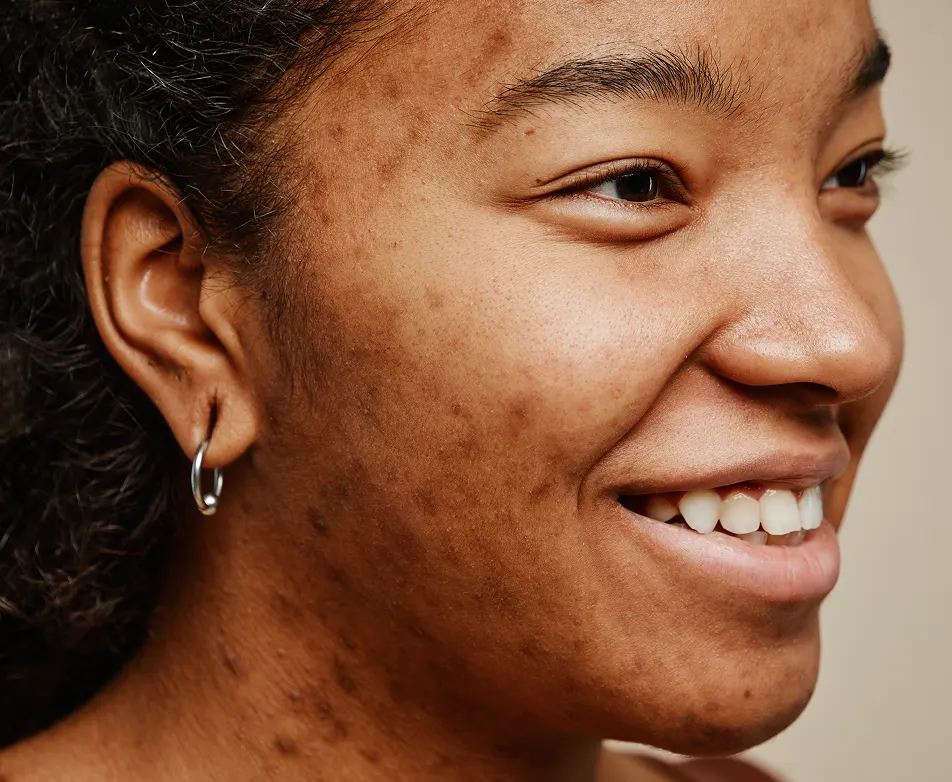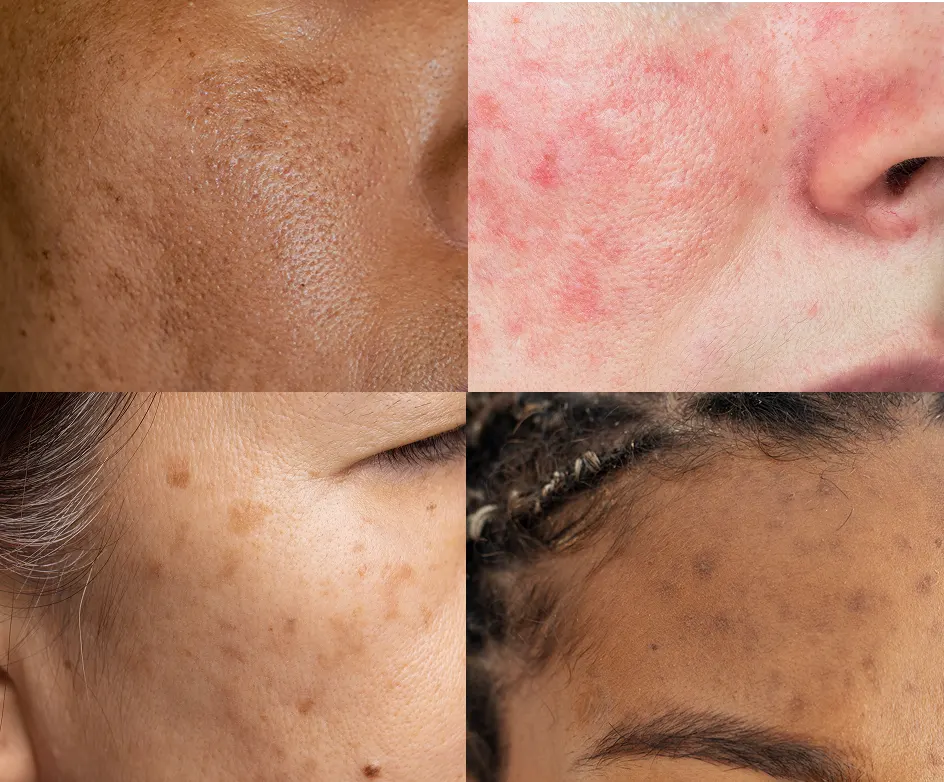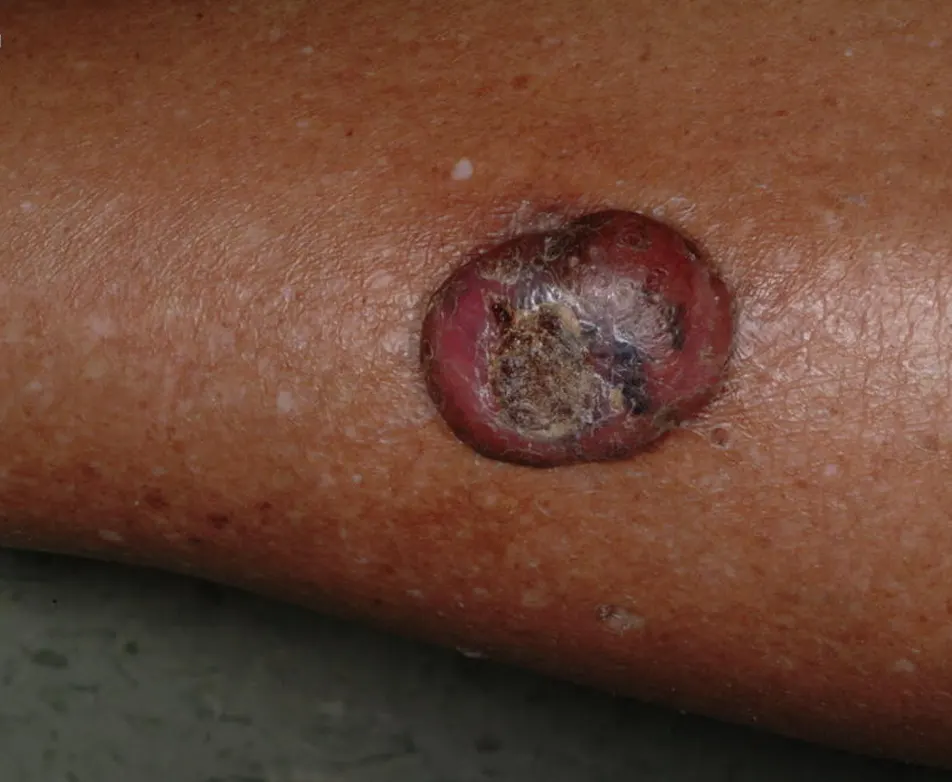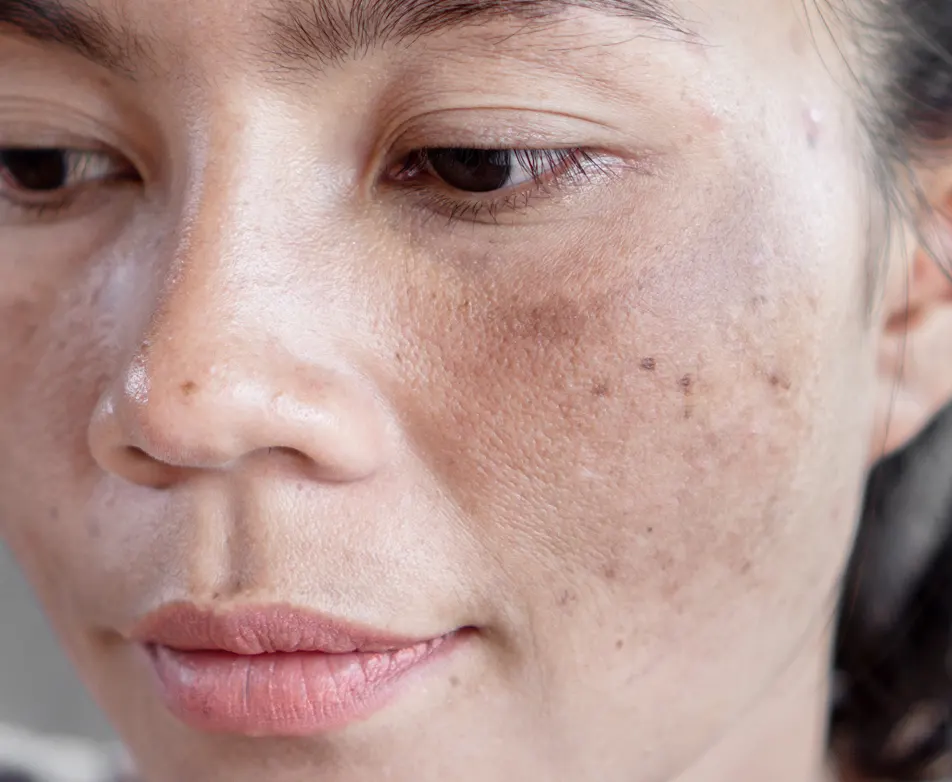

While UVB rays penetrate only the epidermis, generating damage that can lead to skin cancer, HEVIS light, like UVA rays, penetrates more deeply into the dermis, generating reactive oxygen species (ROS), producing oxidative stress.
References: 1. Rigel DS, et al. J Am Acad Dermatol. 2022;86(3):S1-S8. 2. Lim H, et al. J Am Acad Dermatol. 2022;86(3):S27-S37.
A new focus on high-energy visible light (HEVIS)
While the importance of UVA/UVB protection is well understood, critical research has provided important data regarding the impact of visible light on our skin.
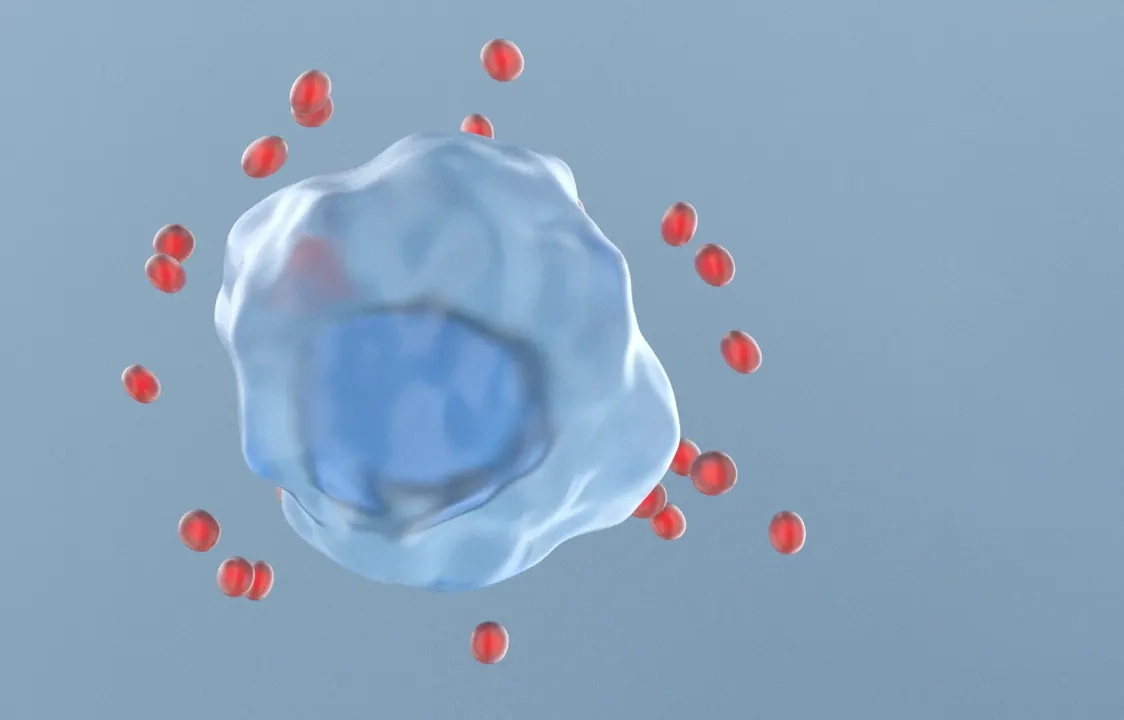
HEVIS also generates free radicals—causing oxidative stress—that can lead to skin concerns such as premature aging, age spots, and
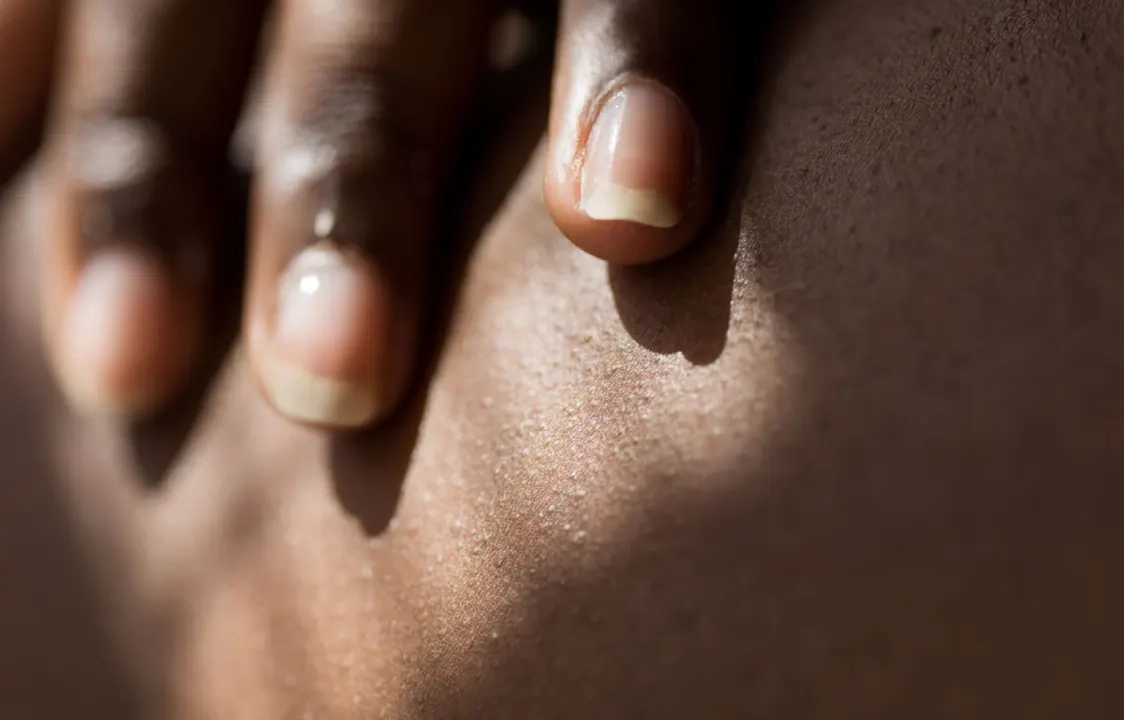
When counseling patients on UV protection, remember HEVIS affects every skin tone, but darker tones are more impacted.3
Reference: 3. Mann T, et al. Photodermatol Photoimmunol Photomed. 2020;36(2):135-144.
The impacts of UVA1 and HEVIS include photoaging and hyperpigmentation:
In addition to damage caused by UV, clinical studies show that dark spots induced by HEVIS can last up to 3 months.5
References: 4. Beiersdorf Inc. Eucerin global website. https://int.eucerin.com/about-skin/basic-skin-knowledge/sun-hevis. Accessed May 20, 2025. 5. Rigel DS, et al. J Am Acad Dermatol. 2022;86(3):S18-26.
Sun protection and unique challenges for skin of color (SOC)
FST=Fitzpatrick skin type; PIH=post-inflammatory hyperpigmentation; UV=ultraviolet; VL=visible light.
Reference: 6. Data on file. Beiersdorf Inc.
Key talking points with patients
Address their specific needs to prevent hyperpigmentation
Discuss misconceptions around sun protection
Provide sunscreen recommendations that they will actually use
Research now demonstrates that a chemical formulation with key antioxidants can provide free radical defense on parity with a tinted mineral.
Global and cellular studies demonstrate that key antioxidants help protect against HEVIS- and UV-induced damage
Shown in cellular studies:
- Prevents DNA fragmentation induced by UVB radiation
- Reduces the generation of intracellular ROS in human keratinocytes irradiated with UVB
- Acts as a potent inhibitor of specific mammalian DNA polymerases involved in DNA repair/recombinations
Antioxidants Vitamin C and Vitamin E also help mitigate ROS-induced pigmentation.
An antioxidant complex can help neutralize and guard against free radicals2
Helps defend against oxidative stress and photoaging
In addition to UVA/UVB, visible light (~50% of sunlight that reaches the skin) generates free radicals.
Without protection from the sun’s damaging rays, every skin tone is vulnerable to its photoaging effects.

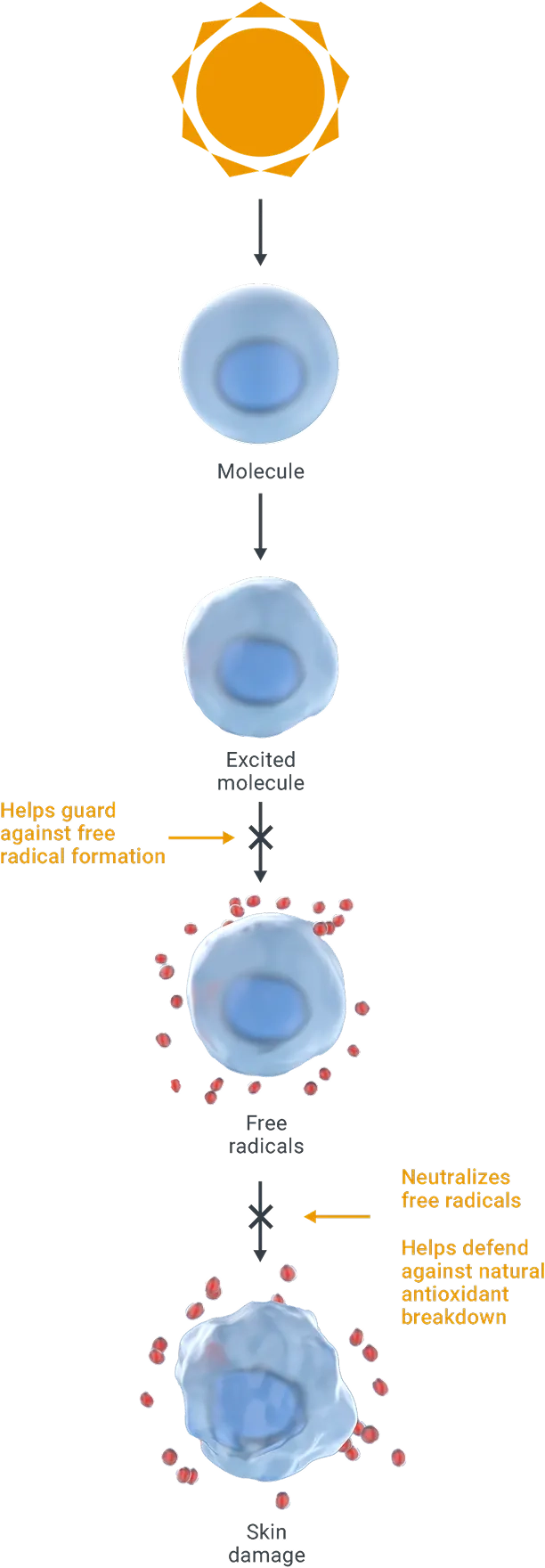
Learn how a broad-spectrum sunscreen with an antioxidant complex can help defend against photoaging.
See the clinical research on broad-spectrum sunscreen with antioxidant complex.
Reference: 2. Lim H, et al. J Am Acad Dermatol. 2022;86(3):S27-S37.
Don’t let your patients be burned by bad social media advice
The internet is filled with ill-informed influencers and sketchy social media posts promoting dangerous misinformation about sun protection. We understand your frustration and are here to help.
- We created our “Don’t Be a Sun of a Beach” social sun awareness campaign to counter misleading social media content and help you educate patients
- The intentionally humorous tone of this campaign is a great device for disarming objections and diffusing tension as we call out bad skin advice, disprove myths, and clarify misconceptions




